Bring up the topic of taxes and you’ll hear a collective groan. Not because people disapprove of the institution per se, but because it’s inevitably a headache that takes a lot of time in our winter or spring schedule. Add the extra layer of being an expat, and you’ve got yourself what we here at Jingkids like to call a poop show. Generally speaking, in your home country, you can assume a certain level of responsibility and understanding about what your tax return will look like, or what you will owe, based on past experiences. Moving to a new country might bring with it a whole lot of loopholes never before imagined, and certainly more paperwork.
In the case of the IIT (Individual Income Tax) for working in the People’s Republic of China, however, it’s more legwork and app work than paperwork.
First things first. You need to register with the Tax Office. I went to this one in Chaoyang: 朝阳区税务局第四税务所 cháoyángqū shuìwùjú dìsì shuìwùsuǒ. This is what I typed into DiDi and it dropped me off right there in front. They’re open Mon-Fri 9am-noon, and 2-5pm.

Go to the right place. Or rather, the left place. Pass the gate pictured above and into the building on the right. Once you go through security, scan your Health Kit, and receive your very own pair of disposable plastic gloves, then turn left and find a line.
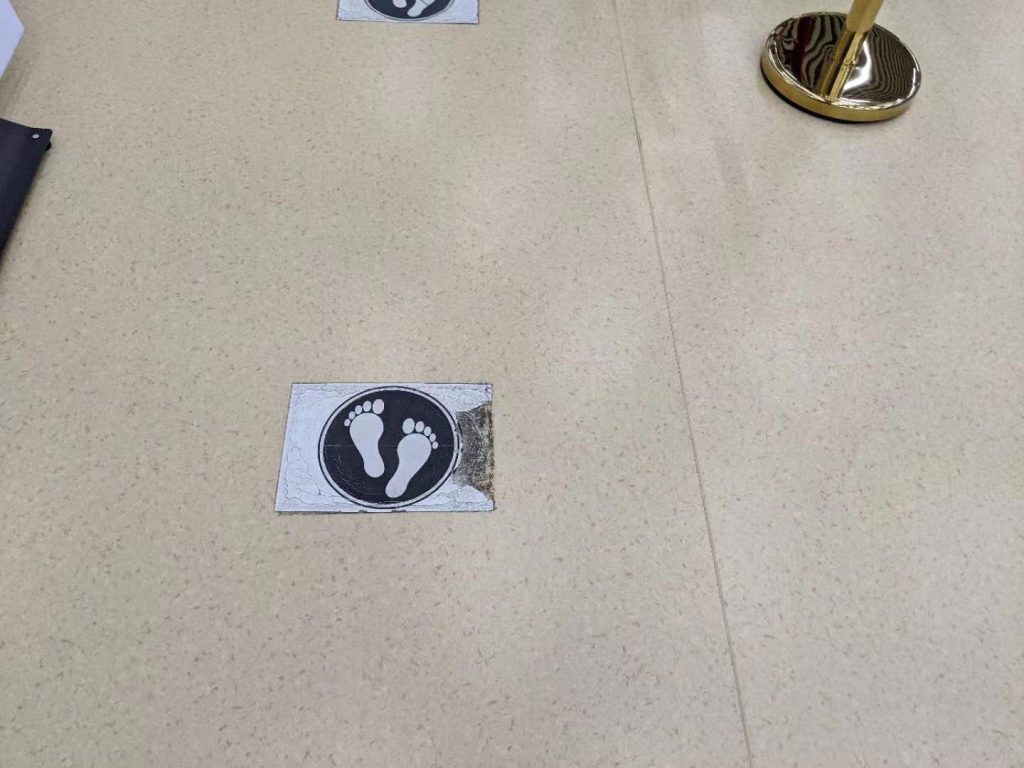
Don’t make the same mistake I did. This is just the line to get your number to go wait in another line. Show them this screenshot and message: 我需要注册码来注册我的个人所得税APP wǒ xūyào zhùcèmǎ lái zhùcè wǒde gèrén suǒdéshuì APP, loosely translated to “I need the registration code to register my personal income tax app.”

Take your number and wait to be called. Here’s where to look for your number (below). You’ll get a number with an extra “0” in it, but rest assured, when you see your number minus the zero, it is your time. Walk past this sign, show your number to the nice guard, and proceed to your station.
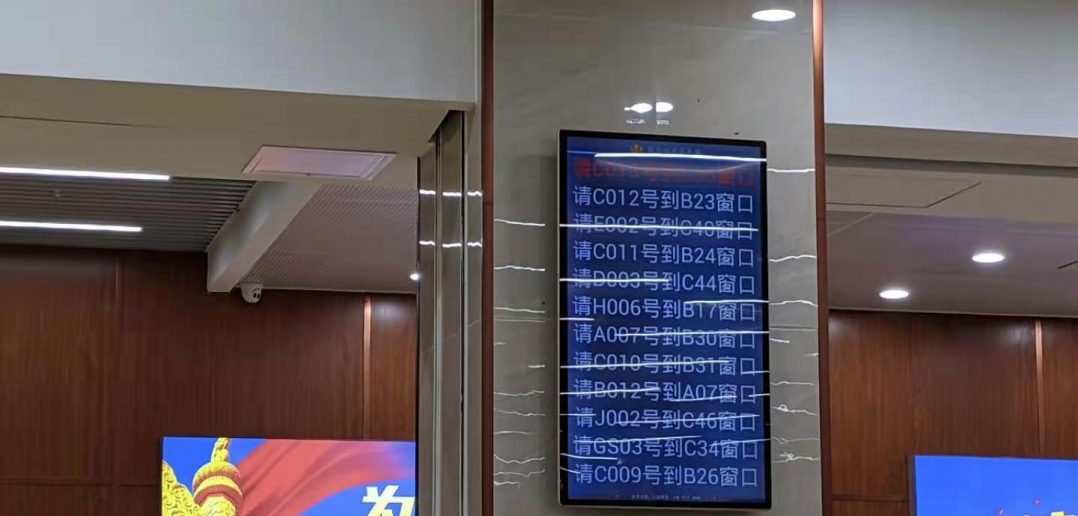
Know your company name in Chinese and your name in the tax system. The order and correct spacing/capitalization of your name (typically last name, first name, middle name – but not always) must match all records, including your bank account. Just to be extra sure, check with your bank before you go to the tax office.
Once your number is called, the staff there will guide you through each step to register. We had no issues with the process, especially if the app is already installed; but you’ll need to have handy:
- Name as it appears on your bank account and employment records (always input your name in all caps, which is made a little harder by the safety gloves.)
- Passport
- Phone number
- Your address in Chinese
- How many days you lived in China for the last year and the year before
- Your bank card number
The trickiest part was that you need to create a password, and it must have at least one capital letter, a small letter, and a special character. This was only tricky because the instructions were hard for the staff to understand since the Roman alphabet requirements don’t translate exactly right. But we had a good laugh about it.
Then the staff will show you how much of a refund you will get, and take you through the steps of inputting your bank account information. After that, you’re done and should receive your refund directly in your account.
Keep the document they print for you, as it has a code you may need in the future. And take yourself out for a post-tax return treat!
Images: Cindy Marie Jenkins, Unsplash

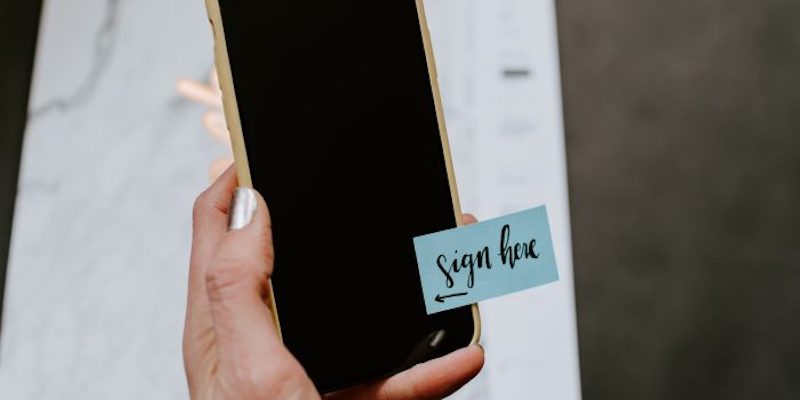

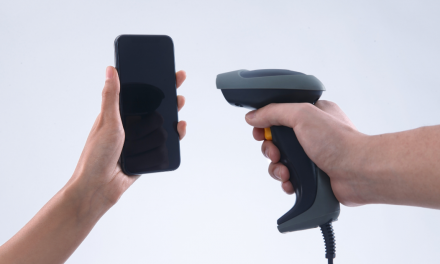
![[How to]: Get into China Through Hong Kong and Macau](https://www.life-china.com/wp-content/uploads/2022/11/6a50-7b3c-477c-a7cf-168e158b1cb2.jpg.680.0-440x264.jpg)
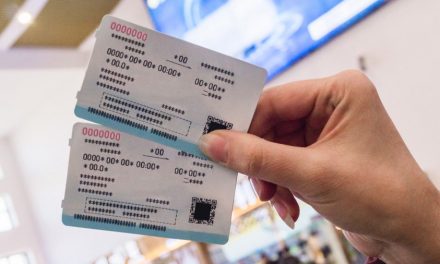
Recent Comments